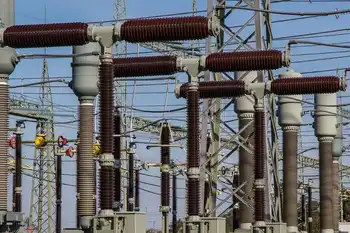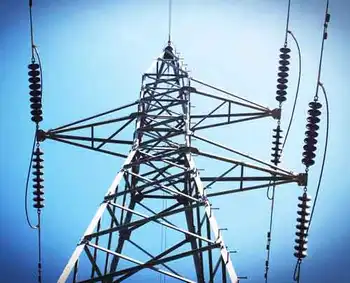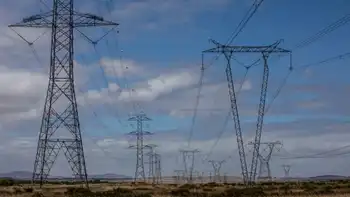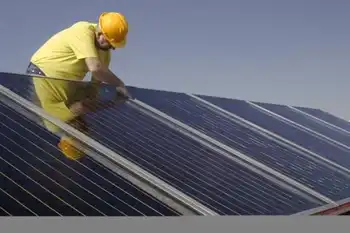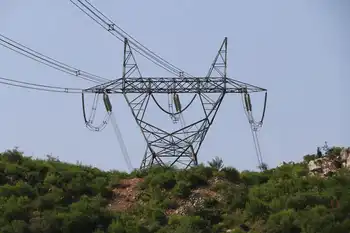Community-generated green electricity to be offered to all in UK
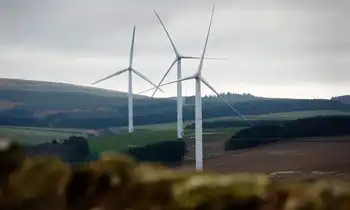
Arc Flash Training CSA Z462 - Electrical Safety Essentials
Our customized live online or in‑person group training can be delivered to your staff at your location.

- Live Online
- 6 hours Instructor-led
- Group Training Available
Community Power Tariff UK delivers clean electricity from community energy projects, sourcing renewable energy from local wind and solar farms, with carbon offset gas, transparent provenance, fair pricing, and reinvestment in local generators across Britain.
Key Points
UK energy plan delivering 100% community renewable power with carbon-offset gas, sourced from local wind and solar.
✅ 100% community-generated electricity from UK wind and solar
✅ Fair prices with profits reinvested in local projects
✅ Carbon-offset gas and verified, transparent provenance
UK homes will soon be able to plug into community wind and solar farms from anywhere in the country through the first energy tariff to offer clean electricity exclusively from community projects.
The deal from Co-op Energy comes as green energy suppliers race to prove their sustainability credentials amid rising competition for eco-conscious customers and “greenwashing” in the market.
The energy supplier will charge an extra £5 a month over Co-op’s regular tariff to provide electricity from community energy projects and gas which includes a carbon offset in the price.
Co-op, which is operated by Octopus Energy after it bought the business from the Midcounties Co-operative last year, will source the clean electricity for its new tariff directly from 90 local renewable energy generation projects across the UK, including the Westmill wind and solar farms in Oxfordshire. It plans to use all profits to reinvest in maintaining the community projects and building new ones.
Phil Ponsonby, the chief executive of Midcounties Co-operative, said the tariff is the UK’s only one to be powered by 100% community-generated electricity and would ensure a fair price is paid to community generators too, amid a renewable energy auction boost that supports wider deployment.
Customers on the Community Power tariff will be able to “see exactly where it is being generated at small scale sites across the UK, and, with new rights to sell solar power back to energy firms, they know it is benefiting local communities”, he said.
Co-op, which has about 300,000 customers, has set itself apart from a rising number of energy supply deals which are marked as 100% renewable, but are not as green as they seem, even as many renewable projects are on hold due to grid constraints.
Consumer group Which? has found that many suppliers offer renewable energy tariffs but do not generate renewable electricity themselves or have contracts to buy any renewable electricity directly from generators.
Instead, the “pale green” suppliers exploit a loophole in the energy market by snapping up cheap renewable energy certificates, without necessarily buying energy from renewables projects.
The certificates are issued by the regulator to renewable energy developers for each megawatt generated, but these can be sold separately from the electricity for a fraction of the price.
A survey conducted last year found that one in 10 people believe that a renewables tariff means that the supplier generates at least some of its electricity from its own renewable energy projects.
Ponsonby said the wind and solar schemes that generate electricity for the Community Power tariff “plough the profits they make back into their neighbourhoods or into helping other similar projects get off the ground”.
Greg Jackson, the chief executive of Octopus Energy, said being able to buy locally-sourced clean, green energy is “a massive jump in the right direction” which will help grow the UK’s green electricity capacity nationwide.
“Investing in more local energy infrastructure and getting Britain’s homes run by the sun when it’s shining and wind energy when it’s blowing can end our reliance on dirty fossil fuels sooner than we hoped,” he said.





